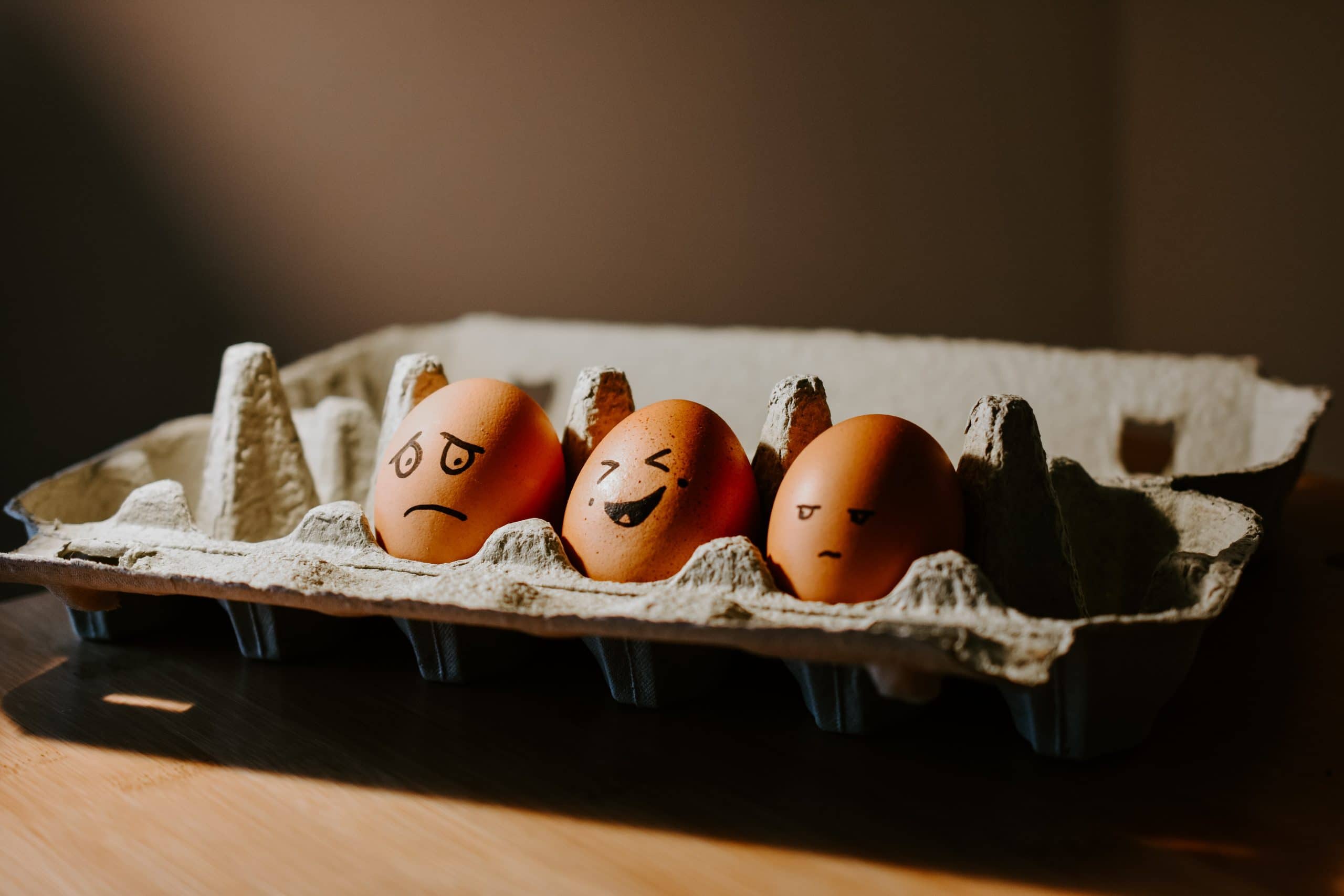Let's talk about communicating change and why it never works to plan.
It often feels like the communication strategy is the hottest thing for transformational projects. We all know that change management is so much more than communications. Yet, we all know how crucial communication is in change awareness and acceptance.
Change Communication is best seen as a dialogue with your key stakeholders to co-create the best possible future state. And because we don’t have a crystal ball to read people's thoughts, we can not predict how effective our planned change communication will unfold.
But as a rule of thumb, communicating change never works the way you planned it. Trust me, I know!
And if improvisation is freaking you out, don't worry. You are not alone. And there are many things you can do to spread the risk.
Let’s check out 4 common reasons why communicating change doesn’t go as expected:
#1 Failing to Plan is Planning to Fail
Just because we know it's hard doesn't mean we can wing it intentionally. The absence of a communication plan is one of the reasons why communicating change never works. It’s like trying to build a house without a blueprint. You need to plan to ensure you communicate regularly, varied and balanced, across different channels and stakeholder groups. Your plan is your benchmark to track and measure effectiveness.
#2 Cut-and-dried monotony
Without visual (language) communication struggles to gain attention, evoke emotions, or reduce counterarguments. Blending your communication with visuals and making the most out of your body language has three major benefits for your message:
#3 Not knowing your audience
Most change communication plans are one size fits all. They don't account for people or teams that have different communication preferences and needs. Have you thought about your workshop crew that does not spend time on the computer reading emails? Did you consider your sales team's needs for bold and entertaining news versus your IT team's needs for facts?
Knowing your own and your audience’s preferred communication style gives you a huge advantage in deciding your change communication strategy. It is not only beneficial to adapt your message and channels, but also to pinpoint root causes for misunderstandings, rumours, conflicts and resistance.
#4 Will Feedback make you bitter or better?
The majority of Change Communication Plans I've analysed have one thing in common. They focus on messaging. One significant reason you’re not getting the expected change you desire is because of a lack of feedback. Whilst feedback is a person’s statement of opinion about something, it also is an opportunity to gain a different perspective on a subject. Without any feedback loop, the gap between your reality and team will likely grow over time. Feedback helps to check in with how your messages are received and how your change leadership is perceived. When leaders embrace feedback and focus on comprehension, your change communication becomes a fluid dialogue that engages stakeholders to co-create a better future.
Communicating change effectively means staying flexible and engaging stakeholders in dialogue.
If your stakeholders are the ocean, listen to their waves. If they are the wind, pick up on the breeze. To communicate change effectively, you have to be in sync with your stakeholders.
When the change is communicated effectively, people have a stronger connection to its purpose, they feel engaged and understand “what’s in it for me”.
Here are two cents I’d like you to take away from this:

Eva is one of the masterminds behind Approach Services' blog and The 6 Cents of Change. She is an innovator, trainer and change manager. Her work has been published in the Schmalenbach Journal of Business Research. In her spare time, she enjoys camping with her two little boys and permaculture gardening.
Subscribe to our monthly newsletter The 6 Cents of Change and follow us on LinkedIn to learn more!








